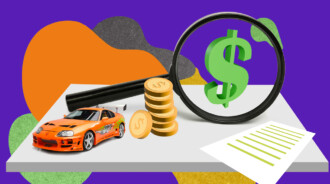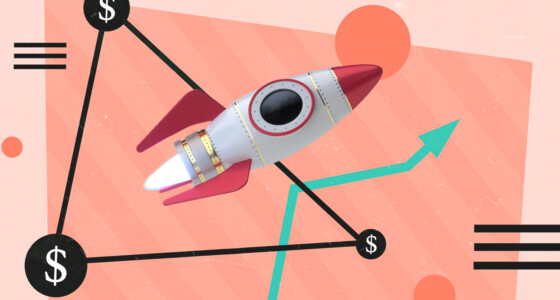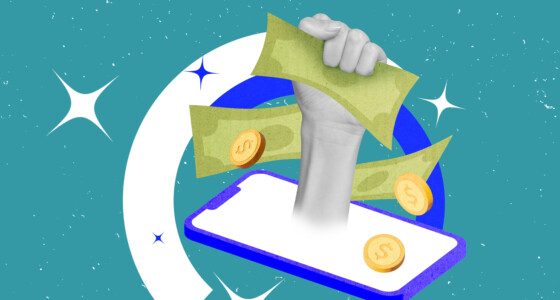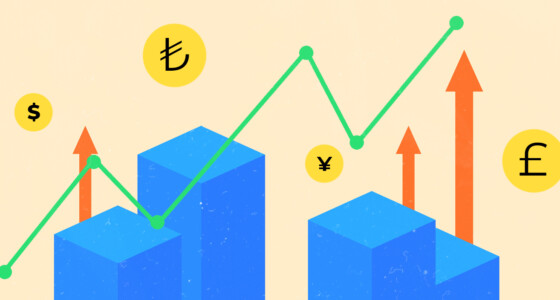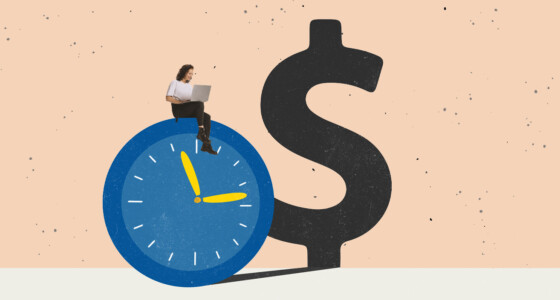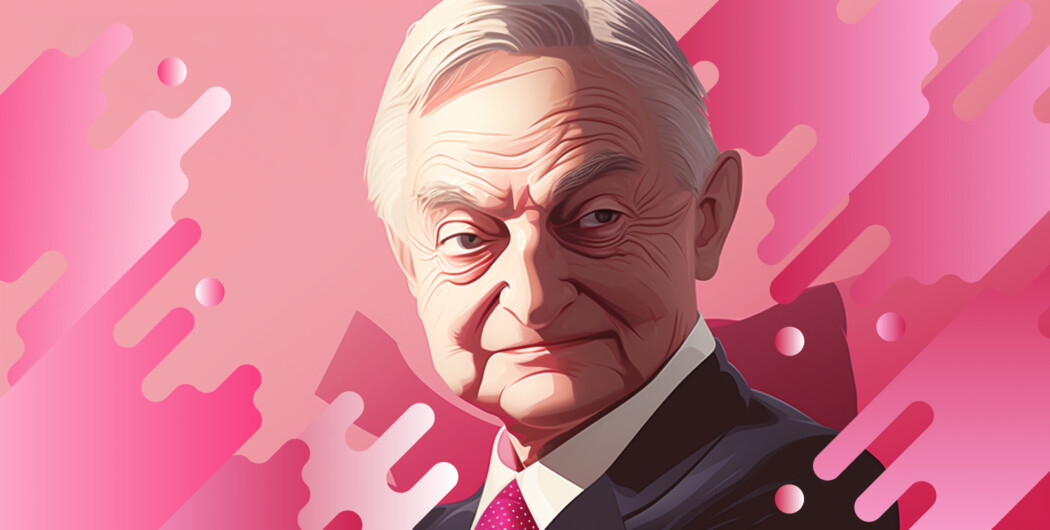

George Soros is an important figure in history, owed in no small part to his participation in pivotal historical events. For example, during the fall of the Berlin Wall in 1989, he played a crucial role in supporting Eastern Europe during the transformative period. His Open Society Foundations provided scholarships, financial aid, and resources to individuals striving for change. And this story only scratches the surface of Soros’ journey and how he reached his current position.
Let’s talk about George Soros’ trade style and the timeline of key events that have shaped his professional life.
Early life and background

George Soros was born into a prosperous Jewish family in Budapest, Hungary, in 1930, but in 1944, his family separated and assumed false identities to escape persecution. In 1947, they moved to London, where Soros began a new chapter in his life. Soros pursued higher education at the London School of Economics, where he studied philosophy under the renowned Karl Popper. Soon he shifted gears and joined the London merchant bank Singer & Friedlander, which would lead him to the heart of the financial world.
In 1956, Soros made a pivotal move, relocating to New York City. There, he ventured into Wall Street, joining the brokerage firm F.M. Mayer. His expertise and insight continued to grow as he assumed roles as an analyst and investment manager at Wertheim & Company and Arnold & S. Bleichroeder.
In 1973, Soros took a bold step and launched his own hedge fund, originally named the Soros Fund. This venture, which began with approximately $12 million in investor backing, would later become known as the Quantum Fund and eventually the Quantum Fund Endowment.
Rise as a hedge fund manager
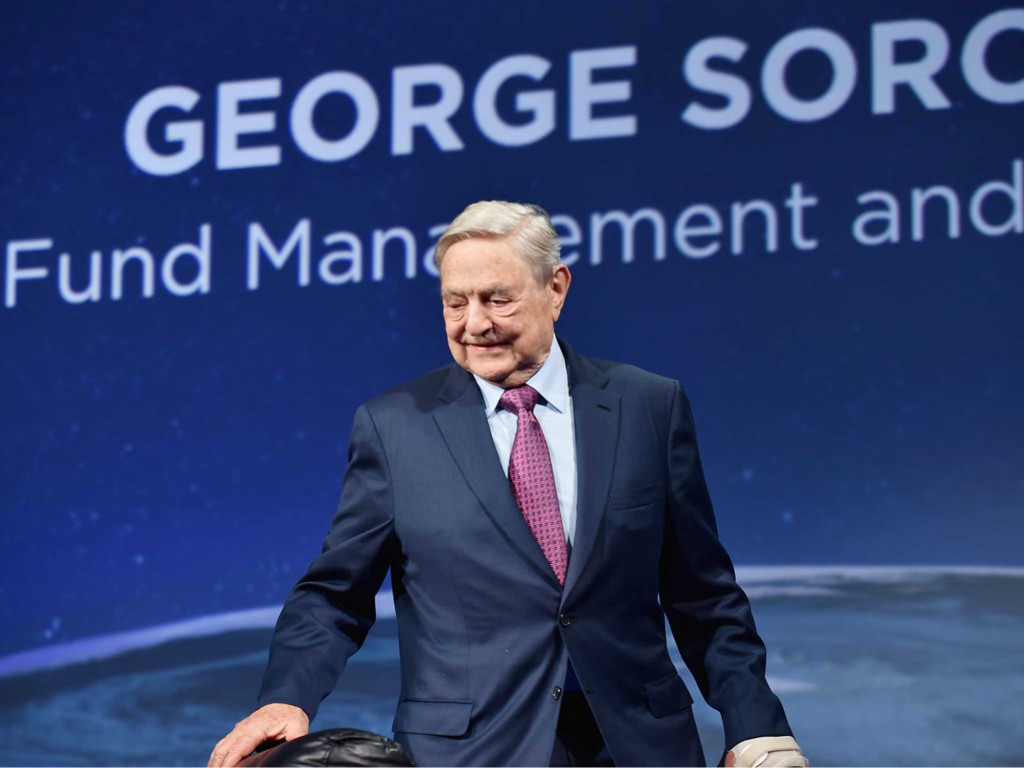
Soros began by focusing on smaller investments and initially gained recognition through well-timed trades on commodity and currency price movements. For instance, in 1973-1974, he made substantial profits by correctly predicting a decline in the value of the US dollar. These early achievements allowed him to attract capital from external investors and expand his fund’s operations.
By the 1980s, Soros had refined his investment approach. He embraced a global macro strategy for identifying undervalued assets (more about his strategy later).
For better or worse, Soros had a knack for profiting from financial and economic crises. During the 1980s, he capitalized on the Latin American debt crisis — he invested in distressed assets in countries like Brazil and realized returns when these economies rebounded.
Similarly, in the 1980s and 1990s, Soros made a series of trades targeting different currencies and central bank actions. One of them was a trade against the French franc, as he believed the French central bank’s policy to support the franc’s value was unsustainable. And he was right. Overall, the fund’s growth didn’t come about from one or two extraordinary trades; it was a culmination of Soros’ understanding of market dynamics and willingness to challenge the status quo.
The British Pound’s collapse in 1992
In 1992, George Soros became one of the most famous currency traders after an event known as Black Wednesday, which had profound implications for the global economy. At the heart of the crisis was the British pound (GBP) and the UK’s decision to join the European Exchange Rate Mechanism (ERM) and align the pound’s value with that of the Deutsche Mark.
However, underlying economic imbalances within the UK, including persistently high inflation and elevated interest rates, created a vulnerable environment for the pound. Notably, the pound’s participation in the ERM necessitated maintaining a narrow fluctuation band of 6% against the Deutsche Mark. This restriction proved challenging in the face of the UK’s economic realities at the time.
Soros recognized these fundamental weaknesses, which led him to anticipate that the pound’s value would come under pressure due to its overvaluation within the ERM framework. He took on a short trade, essentially aiming for the pound’s depreciation. This attracted attention and imitation from other market participants, increasing selling pressure on the pound.
On September 16, 1992, the UK was forced to withdraw from the ERM, allowing the pound to depreciate against other major currencies. From Soros’ perspective, the outcomes unfolded favorably, yielding $1 billion in profit (and this sum has nearly doubled over time).
Following crises
These are other examples of strategic moves that solidified Soros’s reputation as a shrewd investor and market analyst:
- During the late 1990s, Soros noticed the speculative excesses in technology stocks and the dot-com bubble. Foreseeing the inevitable burst of this bubble, he positioned his fund to profit from the subsequent market downturn.
- Shortly after, Soros once again recognized impending troubles, now in Asian economies and currencies. Anticipating the Asian financial crisis of 1997-1998, he moved against the Thai baht and other Asian currencies and navigated the turmoil well.
- In the early 2000s, he engaged in a substantial trade involving shorting the Japanese yen and accurately predicted a decline in the yen’s value.
Soros’ accomplishments extended beyond those mentioned, of course.

George Soros’ trading strategy and theory of reflexivity
What is George Soros’ strategy? Well, it’s a long story, so let’s investigate. The strategy is deeply intertwined with his theory of reflexivity about the cyclical nature of asset prices, and it reveals a pattern of booms and busts that recurs throughout history.
Soros began crafting his reflexivity theory in the 1950s, comprising two fundamental principles: fallibility and reflexivity itself.
The principle of fallibility recognizes the role of human fallibility in shaping financial markets. Humans are inherently prone to cognitive biases and emotions that cloud their judgment, particularly when deciphering complex systems like financial markets. This can lead to errors when assessing underlying market fundamentals or predicting future developments.
The principle of reflexivity delves into the feedback loop between human perceptions and reality. For example, optimism among investors can drive them to buy stocks, as they expect economic growth and profits. This buying activity raises stock prices, encouraging companies to invest more, ultimately boosting consumption and profits. Such a positive cycle reinforces optimism, creating a self-sustaining loop.
Soros’ theory contrasts traditional economic views that suggest markets naturally move towards equilibrium, investors always make rational decisions, and prices perfectly anticipate the future. According to Soros, investors have distorted perceptions and prices not only reflect but also shape reality. His theory fits well with the historical boom-bust cycle in asset prices, with the 2008-09 global financial crisis being a striking example.
Ways to apply the theory
Let’s say you’re a Binomo trader wondering what you can do with Soros’ theory of reflexivity. One approach is to capitalize on feedback loops by riding asset momentum. So, you focus on assets most influenced by these loops. For instance, this may be investing in technology stocks based on their potential gains from AI development.
Alternatively, you can anticipate the exhaustion of a trend and trade its reversal. This approach recommends considering investments that may be trading at a discount to their fundamental value. You’ll have to seek out assets that may have been overlooked or undervalued due to market sentiments.
However, Soros cautions that while directions and reversals may be predictable, timing and magnitude remain uncertain.
Soros’ trading and investing philosophy
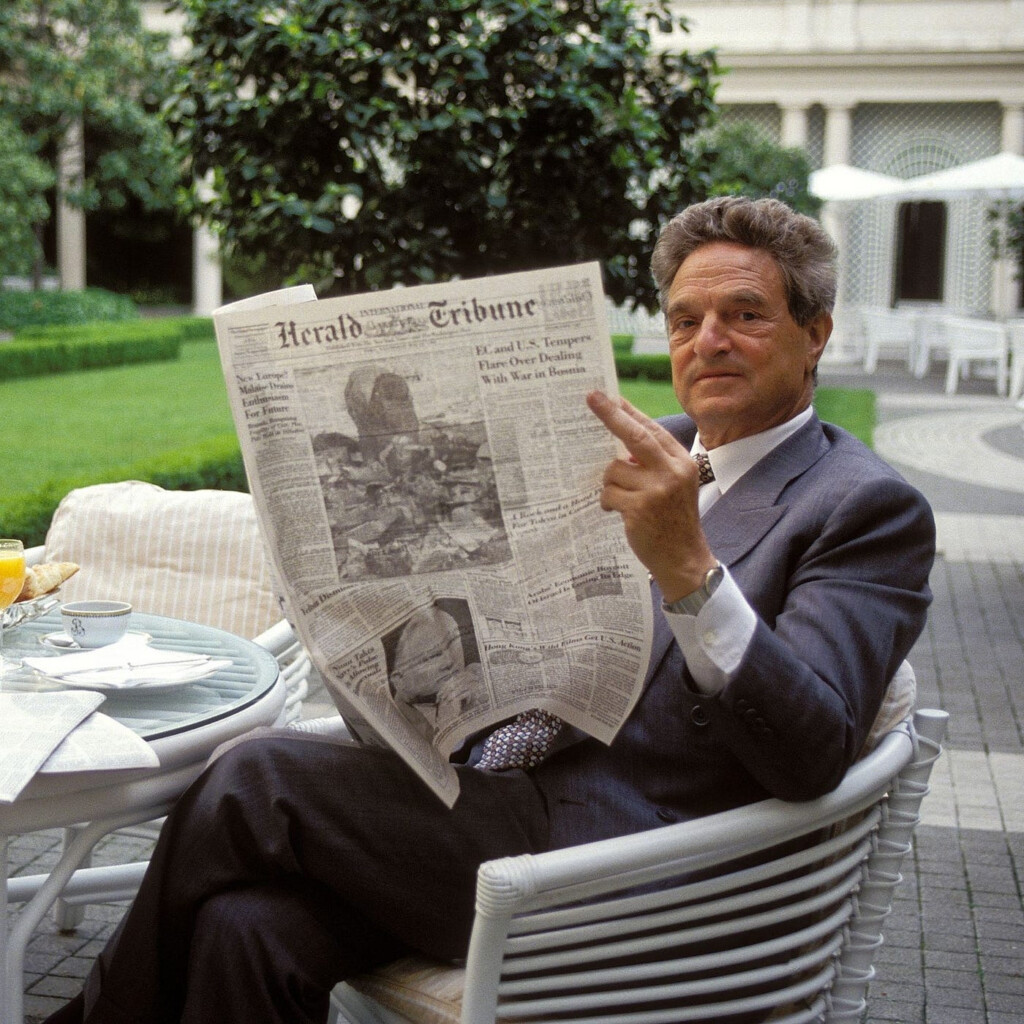
“I’m here because I know when I’m wrong.”
This perspective shows that trading isn’t about being flawless. Instead, it’s about being willing to learn and grow from our mistakes. Soros’ philosophy focuses a lot on self-awareness and the humility to acknowledge when he’s made errors. By doing so, he (and anyone else) can refine and make better decisions in the future.
“It’s not whether you’re right or wrong, but how much money you make when you’re right and how much you lose when you’re wrong.”
Being right or wrong is a natural part of the investment process. What truly matters is how one manages their outcomes when a trade goes either way.
“The markets are always on the side of exuberance or fear. It’s fear and greed. Right now, greed has the better of it, which is rather nice [for investors] as long as it doesn’t get out of hand.”
Both fear and greed are powerful motivators, and the key lies in understanding their dynamics and maintaining a level-headed approach. Well, if excessive and irrational behavior ends up inflating asset bubbles and creating an environment where market stability is at risk, perhaps Soros’ contrarian approach will yield results.
“If investing is entertaining, if you’re having fun, you’re probably not making any money. Good investing is boring.”
Soros’s message is clear: truly productive investing requires being patient, persistent, and having a well-thought-out plan in place. You can’t chase after quick gains or get caught up in the hype of the moment.
Philanthropic efforts
The Open Society Foundation is a vehicle for Soros’s philanthropy, and it’s where he transfers a substantial portion of his assets.
Originally, Soros’s journey in philanthropy commenced in 1979, nearly a decade after the launch of his venture, Soros Fund Management. Over the subsequent four decades, the magnitude of his charitable contributions spoke volumes about his dedication to effecting change. As per his official biography, available on his website, Soros has generously given away $12 billion during this time.
Now, the Open Society Foundations stand as a global network of charitable initiatives that extend their influence across more than 100 countries. This expansive organization is driven by a diverse range of projects that encompass many areas, including refugee relief and public health.
Controversies and criticisms
One of the biggest sources of criticism directed at Soros is his involvement in political causes. For one, his sizable financial contributions to various political campaigns and organizations have made him a lightning rod for criticism; at least from those who disagree with his political leanings. Some view his donations as an attempt to unduly influence political outcomes, particularly in his support for liberal causes.
In addition to that, Soros’ high-stakes currency trades earned him profits and led to accusations that his actions contributed to economic instability in certain countries. Critics argue that speculative activities at such scales destabilize financial markets.
There may be other reasons to criticize Soros, but some people take it to an extreme extent. While it’s valid to have differing opinions about individuals and their actions, it’s important to differentiate between legitimate concerns and unfounded speculations. So make sure to base your opinions on verifiable facts.
Legacy and lasting impact
Soros’ bold positions and unique theories shook up how people think about markets. His influence is still felt in how traders and investors see things today — a reminder that taking risks can pay off big.
It hasn’t all been cheers, though. For example, one notable stumble was his repeated failures and massive losses when he traded against the world’s second-largest economy — China. The country manages to defy his predictions, proving that the world of finance isn’t always a smooth ride, even for a seasoned investor. But these are the times when he has to take his own advice about embracing losses and learning lessons from mistakes.
Notably, the legendary investor handed control of his charitable and political activities to his son Alex. With this move, he intends to ensure that the causes he holds dear continue to flourish beyond his own lifetime.
Before wrapping up, here’s a suggestion: consider giving the Binomo platform a try. Just don’t try to copy Soros or other prominent figures; find your own unique trading style and embrace growth on your own terms.
Sources:
Why George Soros’ theory of reflexivity matters, Yahoo Finance
Open Society Foundations Home, Open Society Foundations
Black Wednesday: George Soros’s bet against Britain, The Balance Money
The George Soros philosophy – and its fatal flaw, The Guardian
